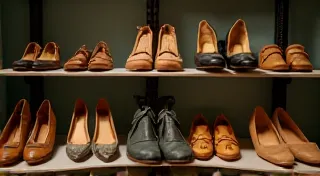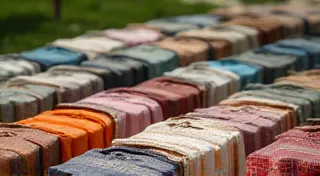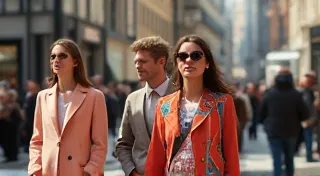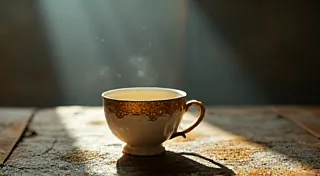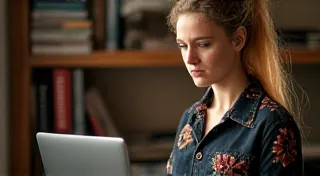The Glamour of the Golden Age of Hollywood: A Fashion Retrospective
The 1930s and 1940s represent a truly iconic era in fashion history, inextricably linked to the dazzling world of Golden Age Hollywood. A time of economic hardship followed by wartime austerity, the styles of this period reflected both resilience and a yearning for escapism. Forget fast fashion; this was an era of craftsmanship, elegance, and enduring style. Let’s delve into the defining looks and the iconic actresses who brought them to life.
The 1930s: Fluid Silhouettes and Elegant Drama
The 1930s fashion scene transitioned dramatically from the flapper era. The Great Depression influenced the clothing, leading to more economical designs, but the desire for glamour remained strong. The silhouette softened, embracing bias-cut dresses that draped beautifully on the body. Waists were dropped or disguised, creating a long, lean look. Fabrics like silk, satin, and velvet were popular, adding a touch of luxury.
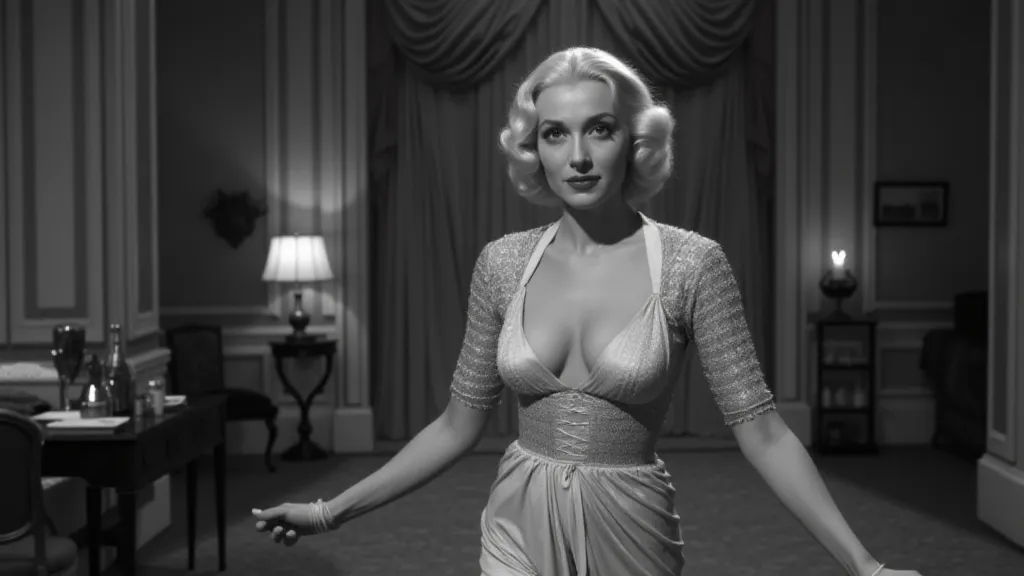
Key elements of 1930s style included:
- Bias-cut dresses: These draped effortlessly, creating a flattering silhouette.
- Long, flowing skirts: Hemlines varied, but generally remained below the knee.
- Elegant hats: Often adorned with feathers, bows, or veils.
- Gloves: A must-have accessory, extending past the elbow.
- Subtle makeup: Focusing on defined eyebrows and red lipstick.
Iconic Actresses of the 1930s:
- Joan Crawford: Known for her tailored suits and sophisticated evening wear.
- Greta Garbo: Embodied a mysterious allure with her simple yet elegant gowns.
- Marlene Dietrich: A style icon who challenged conventions with her androgynous looks.
The 1940s: Practicality Meets Refined Style
World War II brought significant changes to fashion. Fabric rationing and a focus on practicality led to more utilitarian designs. Shoulders became broader, often padded, creating a strong, confident look. Skirts shortened slightly, and dresses became more streamlined. However, even amidst austerity, a desire for glamour persisted. "Make do and mend" became a mantra, encouraging creativity and resourcefulness.

Significant aspects of 1940s fashion included:
- Padded shoulders: Symbolizing strength and resilience.
- A-line skirts: A more structured shape compared to the flowing skirts of the 1930s.
- Tailored suits: Increasingly popular for both day and evening wear.
- Practical shoes: Heels became lower and more comfortable.
- Scarves: Used to add a touch of colour and personality to outfits.
Iconic Actresses of the 1940s:
- Katharine Hepburn: Known for her masculine tailoring and independent spirit.
- Lauren Bacall: Embodied a sultry and sophisticated style.
- Rita Hayworth: Known for her glamorous and curvaceous look.
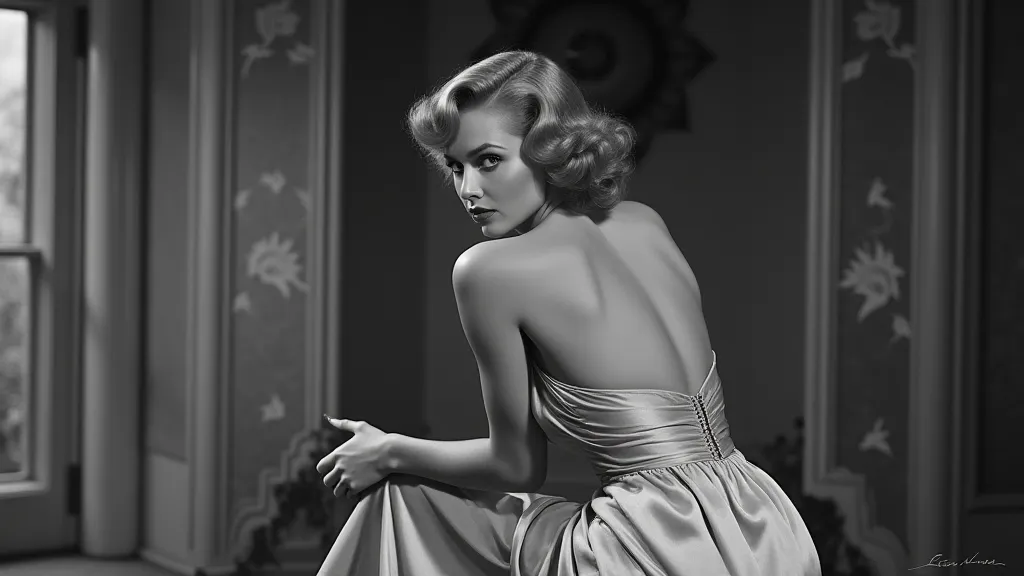
The Enduring Legacy of Golden Age Hollywood Fashion
The glamour of the Golden Age of Hollywood continues to inspire fashion today. Its emphasis on quality craftsmanship, timeless silhouettes, and individual style remains relevant. By understanding the historical context and appreciating the iconic actresses who defined the era, we can draw inspiration and incorporate these classic elements into our own wardrobes, embracing a touch of vintage elegance.
